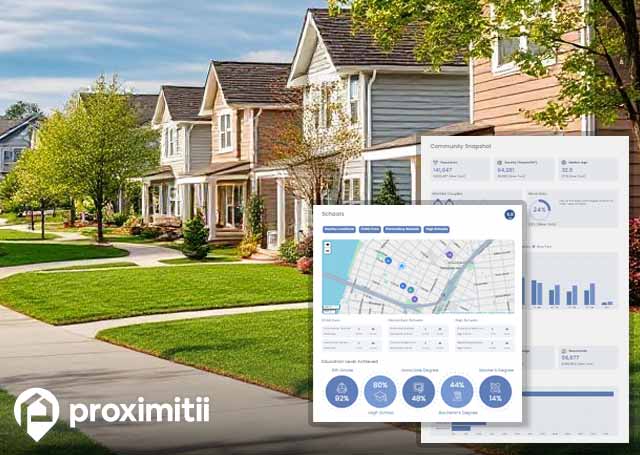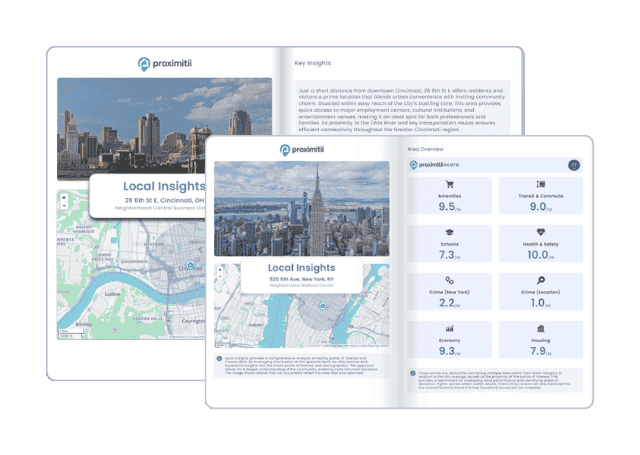| Statistic | Middletown | Ohio | National |
| Population | 48,765 | 11,689,100 | 328,239,523 |
| Population density (sq mi) | 1,866 | 288 | 91 |
| Median age | 38.4 | 39.3 | 37.7 |
| Male/Female ratio | 0.9:1 | 1.0:1 | 1.0:1 |
| Married (15yrs & older) | 49% | 56% | 55% |
| Families w/ Kids under 18 | 38% | 42% | 43% |
| Speak English | 96% | 93% | 79% |
| Speak Spanish | 3% | 2% | 13% |


Understanding the demographics of Middletown is essential for gaining insights into the composition, dynamics and needs of any city, town or village. This knowledge empowers planners, developers and policymakers to strategize effectively, promoting prosperity, equity and well-being for all residents. The Middletown population is 48,765, with a population density of 1,866 people per square mile, diverging from the national average of 91. The median age is 38.4, and 49% of individuals aged 15 or older are married, while 38% have children under 18. As far as income equality in Middletown, 28% of households have a median income below $25,000, whereas 7% report an income exceeding $150,000, indicating a varied economic landscape within the area.
The Middletown racial demographics and ethnicity breakdown could be indispensable tools for recognizing and rectifying systemic inequities, fostering social justice and inclusion and cultivating resilient communities. In Middletown, the racial breakdown reveals 81.3% White, 11.2% Black or African American, 0.7% Asian, 0% American Indian and 0.1% Native Hawaiian, with 4.1% of the population identifying as Hispanic or Latino. Of all households, 95.7% reported speaking English only, while 3.3% reported speaking Spanish only. Moreover, 2.4% of residents were classified as foreign-born.
Middletown has a population density that is well above-average, which plays a pivotal role in promoting environmental sustainability by reducing per capita energy consumption, greenhouse gas emissions and land use. Its compact urban development encourages energy-efficient buildings, active transportation modes like walking and cycling and the utilization of public transit, fostering sustainable lifestyles and mitigating environmental impact. Additionally, the area's dense population contributes to a vibrant social and cultural scene, featuring a diverse array of cultural events, festivals and community activities. This cultural diversity fuels creativity, innovation and cross-cultural exchange, enhancing the community's social fabric. Middletown has a population density of 1,866 people per square mile, exceeding the national average of 91 and positions itself in a good spot to reap the benefits of densely populated areas.
Healthcare Planning: An analysis of Middletown demographics can inform healthcare planning and delivery by identifying population health needs, disparities and risk factors. Understanding demographic trends allows healthcare providers and policymakers to allocate resources effectively, develop prevention and intervention programs and address health inequities within communities. Leveraging demographic data, healthcare providers, and policymakers strive to achieve equitable, accessible, and high-quality healthcare for all individuals and communities. This proactive healthcare planning approach ensures targeted interventions, efficient resource allocation and customized healthcare services to meet the diverse needs of populations.
Urban Development: Urban planners can leverage demographics data in Middletown to design and develop areas that cater to residents' needs, spanning housing, transportation, and public services, while prioritizing sustainability and enhancing quality of life. Demographic changes can contribute to gentrification and neighborhood evolution, whether in urban or rural contexts. As neighborhoods attract new residents with diverse income levels and lifestyle preferences, property values may appreciate, potentially displacing longstanding residents and reshaping the neighborhood's identity. Understanding population density, age distribution, household size and income levels is essential for guiding decisions on zoning, transportation infrastructure, housing development and public amenities. Incorporating Middletown demographics data into planning and implementing affordable housing initiatives can help mitigate displacement risks.
Policy Planning: Demographic data and statistics serve as vital tools for informing policy and decision-making processes across various levels of government, as well as within organizations and businesses. Through the reporting and analysis of demographic data, policymakers, government officials, and organizational leaders can pinpoint areas of need, allocate resources efficiently, and craft tailored policies and programs to address the unique needs and priorities of different demographic groups. The utilization of demographic data in Middletown is instrumental in policy planning, facilitating resource allocation, evidence-based decision-making, priority identification, trend forecasting, policy impact assessment, and the promotion of equity and inclusion. By harnessing this data effectively, policymakers can devise targeted, impactful, and inclusive policies that cater to the diverse needs of communities.

Why stop at city-to-city? With Local Insights, you can compare neighborhoods, zip codes, or even exact addresses. Access 300+ hyperlocal data points—from schools and crime to housing and amenities—to see which area is the better fit.

| Race | Middletown | Ohio | National |
| White | 81.32% | 82.16% | 73.35% |
| Black | 11.25% | 12.27% | 12.63% |
| Asian | 0.69% | 1.94% | 5.22% |
| American Indian | 0.03% | 0.19% | 0.82% |
| Native Hawaiian | 0.06% | 0.03% | 0.18% |
| Mixed race | 5.34% | 2.57% | 3.06% |
| Other race | 1.31% | 0.85% | 4.75% |